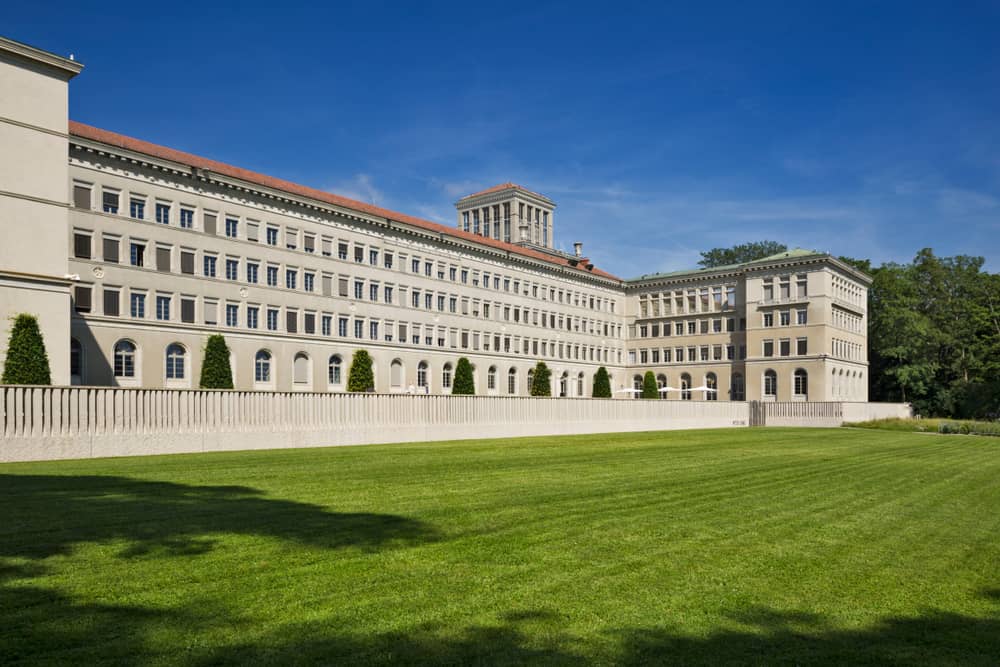
This morning, Axios and CNBC reported that White House aides have said that President Trump has repeatedly spoken about his desire to pull the United States out of the World Trade Organization (WTO). The aides said they pushed back against the president when he brought up the prospect of leaving the WTO, and admitted they have not created a process to deal with Trump’s comments as a formal policy proposal. During the 2016 presidential campaign, Trump told NBC’s Chuck Todd during a “Meet the Press” appearance that the “World Trade Organization is a disaster.”
In its own words, the World Trade Organization exists to ensure that trade flows between its 164 member nations “as smoothly, predictably, and freely as possible.” WTO members account for 98% of global GDP and 95% of global trade.
The World Trade Organization is an intergovernmental organization that regulates international trade; it went into effect on January 1, 1995, replacing the General Agreement on Tariffs and Trade (GATT), which dated from 1948. The GATT was created to reduce and eliminate barriers to international trade like tariffs and quotas. Over the life of the GATT, the average tariff rates for its major participants fell from 22% in 1947 to about 5% after the Uruguay Round in 1999.
In the 19th and early 20th centuries, international trade was tightly linked to exploitative colonial and imperial projects, in which mostly European powers extracted natural resources and cheap labor from the periphery of the world economy in Africa, Asia, and South America. The destruction of the European industrial base and Europe’s mushrooming debt after two world wars broke the back of the imperial system, and a wave of decolonization and independence movements spread across the globe.
The new dream for international trade rested on the Pax Americana that emerged from the ashes of World War II, and new institutions like the United Nations and GATT that could peacefully mediate disputes between nations. The lowering of trade barriers contributed to rapid economic growth across the world, and new technologies like the container box, popularized in the late 1960s, allowed supply chains to stretch even further than before. According to the OECD Economic Outlook, by 2004, sea freight costs had fallen to 22% relative to 1930.
Treasury Secretary Mnuchin called reports that President Trump wants to end US membership in the WTO “an exaggeration.” “He has concerns about the WTO. He thinks there’s aspects of it that aren’t fair,” Mnuchin said in a Fox Business Network interview.
Kellyanne Conway took a stronger stance: “I think the World Trade Organization is another group that he has said we should take a look at,” Conway said on Fox Business this morning.
Ultimately, any U.S. exit from the World Trade Organization would require congressional approval, and a key White House staffer that would be responsible for that effort said he was unaware of any serious push from the President to end the country’s participation in the organization. “I’m not familiar with any plans right now, at this point,” said White House legislative affairs director Marc Short, when asked by reporters if Trump is considering withdrawing from the WTO.
Stay up-to-date with the latest commentary and insights on FreightTech and the impact to the markets by subscribing.
